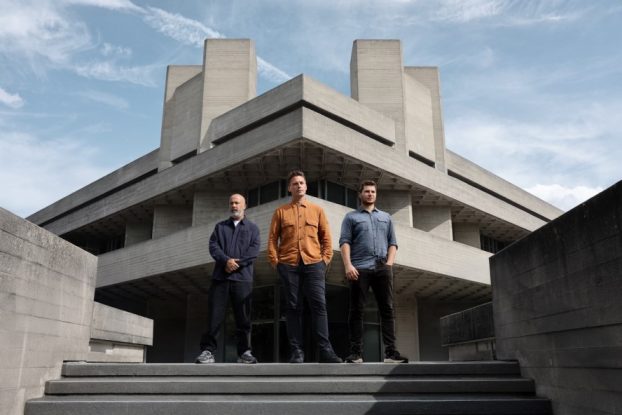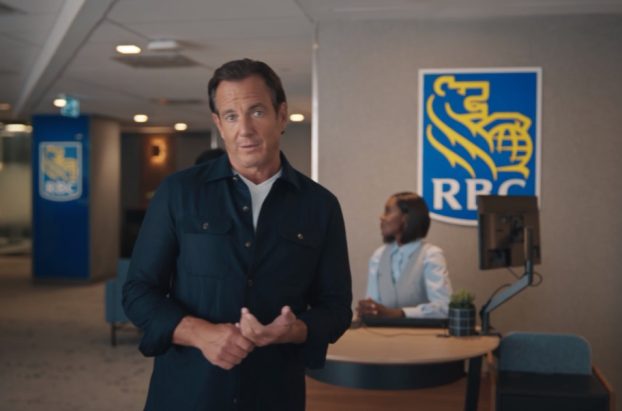The post-digital revolution can be understood in one word: Obama. The Titanium and Integrated Grand Prix that ‘Obama for America’ took home from Cannes this year only reinforced what consumers already knew: brands are not in control of their images in this 24/7 court of popular opinion, they are running for election.
‘Consumers don’t ‘learn’ brands in advertising anymore; they observe them through all of the behaviour that a corporation engages in, whether that behaviour is intended to be commercial or not,’ says GWP Brand Engineering chair and CEO Bruce Philp. ‘If that’s true, then the job of branding is to give purpose to a company, not to give purpose to communications – everything matters. The post-digital world is the one where we finally get there. That’s the promised land.’
Last fall, Philp embarked on what he calls a ‘bold experiment’ to reorganize his 30-person-strong branding agency, using a post-digital model to reflect the changes taking place all around them. ‘It’s insane to have to choose between online and offline advertising, and it’s insane to have these things competing with each other,’ he says. ‘In the future I think the equation between time spent and resources committed is going to change forever. We can no longer rely on the fact that agency fees are going to be a negligible fraction of the client’s total marketing spend and therefore we can wing it; the system becomes much more accountable in more ways than one.’
He’s not alone. ‘All the agencies are trying to get into this new space,’ says DDB Canada CEO Frank Palmer, who answered this shift with the launch of social media unit Radar in the fall of 2007. ‘At the front of the train has always been the mass media and then PR and promotion and then at the back to the train you’ve got the internet and now you’ve got social media. It’s just that now, the caboose is pulling the train.’
One agency Palmer cites as a ‘bright spark’ is Toronto-based John St., which, as co-CD Stephen Jurisic explains, has maintained an integrated structure over its eight years of existence. ‘We’re not always adding divisions or departments, which is maybe what other agencies have struggled with,’ he says. ‘We’ve always been a pretty tight collective, and we’ve always tried to integrate things as the industry is changing.’
Jurisic also credits progressive, long-term clients like War Child Canada executive director Samantha Nutt, who incorporated tools like Twitter into her communications platform early on – for blazing trails that the agency can guide other clients along later. ‘They’re always updating and changing and evolving because their consumers are changing and evolving, and we’ve been growing with them.’
The team at John St. has developed a process that brings strategy, creative, digital and production people to the table at the outset of a new project, and then filters people out as the solution to the particular business problem becomes clear. The agency isn’t divided into media silos but rather centres on a production hub, through which all print and TV and digital work flows. ‘That’s the digital world: all of a sudden there’s so many more people sitting at the table…it’s more complicated, it’s deeper,’ says Jurisic. ‘The production side of it is much bigger, so that’s why you need such tight process.’
Back at GWP, Philp put his money where his mouth was, investing heavily in a reorganization that has flattened the agency structure somewhat, starting with a leadership team that includes newly hired director of interactive branding and technology Tim Lambertus. ‘If I’m going to try to kill this idea that we sell manufacturing, then I have to set an example at the highest level,’ says Philp. ‘So I’m going to create a cross-functional team that runs the agency and has to work these things out collectively and organically.’
Reporting to the team – often to more than one member – are the 20-odd creatives who are currently being phased into a ‘fission-fusion’ structure (a term some may recall from ’90s organizational theory) which means clusters of people with various skill sets come together into teams of three or four on a particular campaign and explode back into the larger group when the project is completed.
Working in this matrix structure is, like online marketing, a time-intensive process, and Philp has brought in executive coaches and – Obama again – people like Yes We Did author Rahaf Harfoush to develop the principles on which the new company structure will operate.
Lambertus, who comes not from an agency but from a VP broadcast and digital media position at Canwest via a consulting stint, joined GWP as the agency was immersing itself in a post-Obama social media exercise with ING Direct in the U.S. – a campaign which has spread north, as anyone who follows Canadian CEO Peter Aceto on Twitter can attest.
‘We went for several months with our biggest client not talking about advertising, but about mobilizing the customer base and engaging them and turning them into a community,’ Philp says. ‘Suddenly, overnight, all this stuff that was a matter of academic principle became real and immediate.’
Of course, not all brands are created equal, and consumers, like voters, can be fickle. Mitch Joel, Montreal-based president of Twist Image and author of Six Pixels of Separation, says the fundamental mistake marketers make is expecting consumers to create the content for them. ‘Barack Obama provided that shift that people wanted, and that’s an easy message to spread, something a lot of people can get behind…Marketers have to be able to appreciate that you need to have a great brand that people are going to want to mobilize behind to make it work.’
Beyond Obama and UGC forays, Philp is convinced the rules of the game have changed. ‘The thing that excited me about what happened at Cannes was not just that advertising was sitting at the kids table and digital got to sit with the grownups, but that the distinction became unimportant,’ he says. ‘And that’s the future I get excited about, when the job of branding and marketing is to be there for the consumer wherever they are in a way that’s useful to them, and that’s what matters.’
Jump to:






















